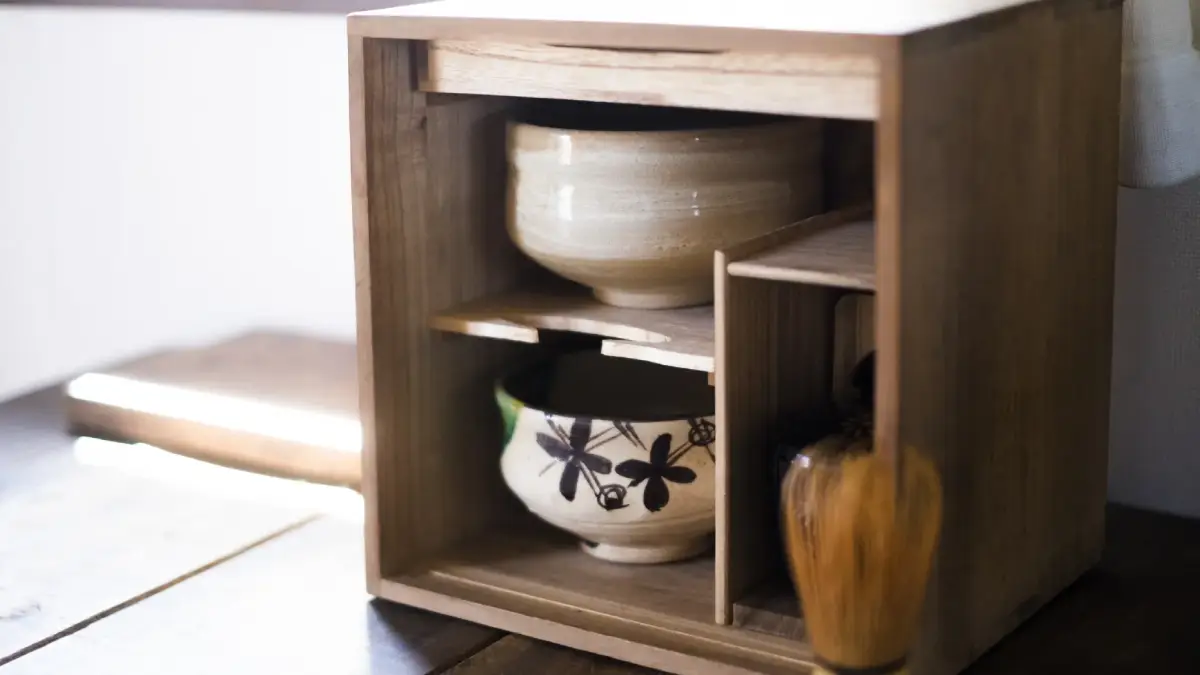Blog
Discover the 5 Fascinating Aspects of Japanese Tea Cups: A Deep Dive into History, Craftsmanship, and Culture
Introduction
When you think of Japanese culture, the elegant simplicity of tea ceremonies often comes to mind. Central to these ceremonies is the humble yet exquisite Japanese tea cup. But what makes these tea cups so special?
This article not only elucidates the history, types, craftsmanship, and cultural significance of Japanese teacups, but also provides a comprehensive guide to the practical teaware that is familiar to modern Japanese life.
History of Japanese Tea Cups
Japanese tea cups have evolved over centuries, deeply intertwined with the cultural practice of the Japanese tea ceremony. These ceremonies, originating in the Muromachi period, not only include the preparation and consumption of tea but also incorporate a philosophy that values simplicity and humility—qualities that the tea cup embodies.
Key Points
- Muromachi Period): This marks the beginning of formalized tea ceremonies, where the aesthetic preferences in tea ware, including tea cups, first took shape.
- Sen no Rikyū: Often credited for refining the tea ceremony, he preferred the rustic aesthetics of Raku ware tea cups, which are celebrated for their unique textures and forms.
Sen no Rikyu was also famous for his political use of tea. Through the tea ceremony, he became a close associate of Nobunaga Oda and Hideyoshi Toyotomi.
Japanese tea cups have evolved from simple utilitarian objects to deeply symbolic items, representing the zen principles of the tea ceremony itself.
Types of Japanese Tea Cups
Just as the tea ceremony varies, so do the kinds of cups used. However, there are not that many types of shapes.Here’s a look at the most common types:
抹茶碗 (Matcha Bowls)

These are specifically designed for preparing matcha, a powdered green tea. Wide and deep, they allow for effective whisking with a chasen (tea whisk).
煎茶碗 (Sencha Cups)

Smaller and more refined, sencha cups are used for serving brewed leaf tea. Their size reflects the more delicate nature of sencha.
湯呑み (Yunomi)

These cups are commonly used in everyday settings and are often larger and simpler than their ceremonial counterparts.
Each type brings its own nuance to the tea-drinking experience, catering to the different varieties of tea prevalent in Japan.
Craftsmanship and Materials

The crafting of Japanese tea cups is an art form in itself, involving detailed processes to create ceramics that are both functional and beautiful.
Materials and Process
- Ceramics: Predominantly made from clay mixed with other minerals, tea cups are glazed and fired to achieve their final form.
- Glaze: Selective glazing introduces both aesthetic beauty and functional durability.
Major Production Areas
- 美濃焼 (Mino Ware): Known for its versatility and subtlety, offering a range of styles and techniques.

- 有田焼 (Arita Porcelain): Famous for its intricate and colorful designs.

- 備前焼 (Bizen Ware): Celebrated for its rough, earthy textures that require no glaze.

The diversity in materials and regional techniques ensures that each cup tells a unique story.
Design and Aesthetics

Japanese tea cups are not just vessels for drinking tea; they are expressions of Japanese art and philosophy.
Design Elements
Each cup’s shape, color, and pattern have symbolic meanings. The simplicity in form often reflects the “wabi-sabi” ethos—a celebration of imperfection and transience.
Aesthetic Value
In the world of tea, less is often more. The aesthetics of Japanese tea cups revolve around an appreciation for the natural, the imperfect, and the impermanent, embracing asymmetry and simplicity.
How to Choose the Perfect Japanese Tea Cup

Selecting the right tea cup involves more than just visual appeal. Here are some tips to guide your choice:
Selection Criteria
- Purpose: Matcha or sencha?
- Material: Traditional clay or contemporary porcelain?
- Design: Ornate patterns or minimalist beauty?
Care and Maintenance
To ensure longevity:
- Hand wash and avoid dishwashers to preserve the glaze.
- Store in a cool, dry place to prevent cracks.
Cultural Significance
Tea cups in Japan are more than mere objects; they are woven into the cultural fabric, especially within the tea ceremony.
Role in Tea Ceremony
The tea cup serves as a vessel for not just tea, but also for the transmission of cultural and philosophical values.
Modern Use
In contemporary settings, tea cups have transitioned from ceremonial artifacts to everyday household items, bridging traditional and modern lifestyles.
Japanese tea is meaningful only if you drink it every day. Therefore, it is generally drunk every day or after cooking.
Also, like coffee, tea and sweets are indispensable when you want to take a “breather”.
Since it is used as a part of daily life, it is fun to have a few affordable tea utensils rather than too expensive ones and choose the ones that suit your mood.
Let Japanese tea and Japanese tea utensils become a part of your lifestyle.
Conclusion
Japanese tea cups are multifaceted, representative of centuries of culture, innovation, and art. As global interest in both Japanese culture and tea continues to grow, these cups remain a symbol of Japan’s enduring artistry and philosophy.
FAQs
Q1: How should I care for my Japanese teacups?
- Hand washing is recommended, and then wipe dry with a soft cloth.It is recommended to use a Japanese tenugui towel.
Q2: Where can I buy traditional Japanese tea bowls?
- They are available at any Japanese online store that sells Japanese ceramics and offers international shipping.
Often you will find extremely inexpensive products, but we do not recommend them. There is always a reason for the low price, such as easy cracking or not lasting long.
By understanding and appreciating the art and history of Japanese tea cups, you enrich your own tea-drinking experience and connect with a profound tradition. Whether for ritual use or as a beautiful addition to your collection, these cups are a testament to Japan’s rich cultural heritage.






